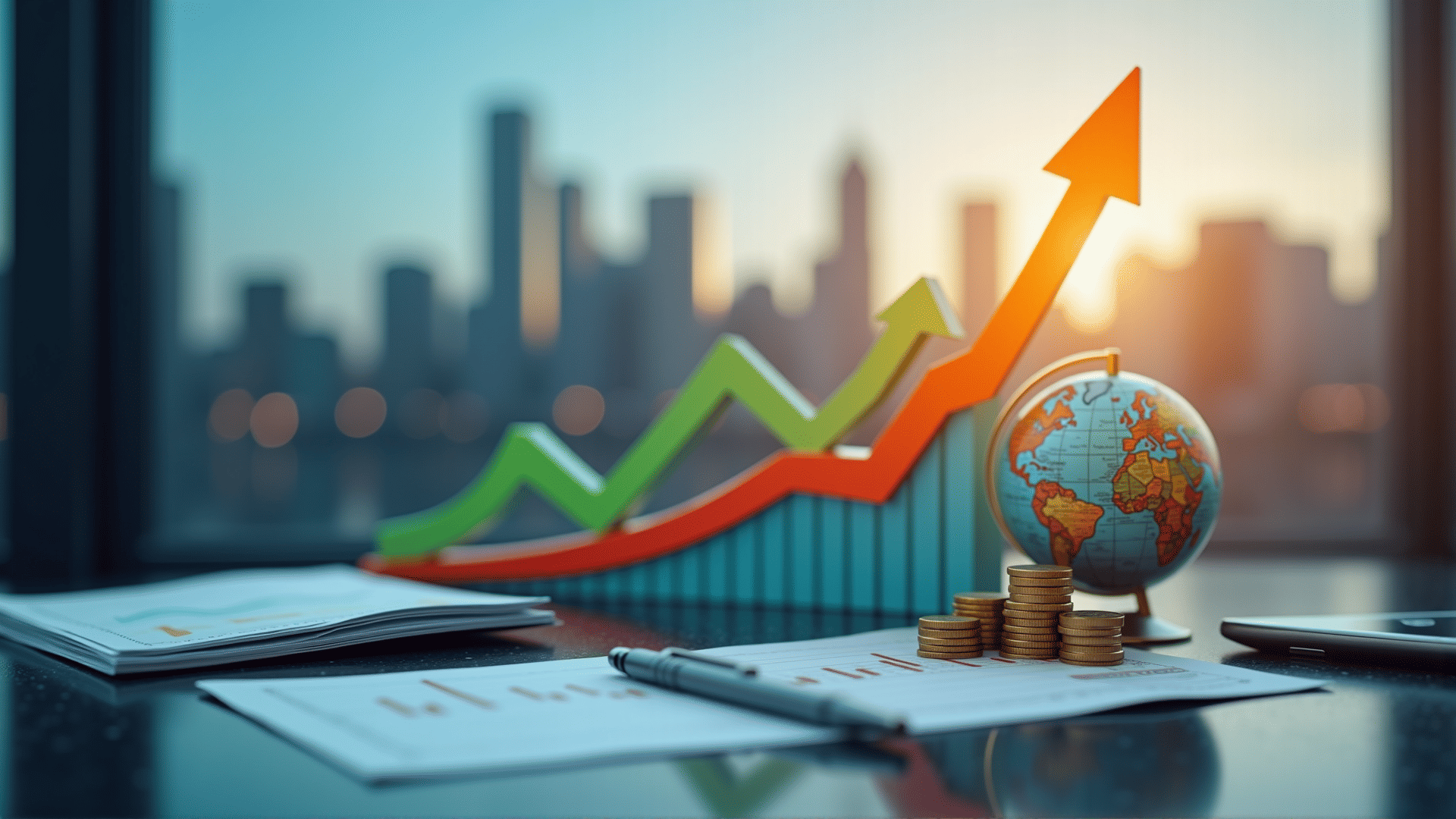Understanding and interpreting economic trends is crucial for navigating the dynamic landscape of modern markets. This insight not only aids individuals in making well-informed financial choices but also provides businesses with a deeper comprehension of the global economy's trajectory.
Economic indicators play a pivotal role in identifying these trends. For example, employment statistics offer a snapshot of economic health, reflecting business expansion or contraction within the job market. Similarly, consumer spending patterns reveal shifts in public confidence and purchasing power, often influenced by broader economic factors.
One cannot overlook the significance of data that reflects external trade. Export and import figures highlight a country's economic relationship with the rest of the world, providing insights into their comparative advantages and dependencies. For instance, an increase in exports can point to robust production capabilities and global demand for a country's goods, suggesting a thriving economy.
Furthermore, understanding the intricacies of inflation is essential. While moderate inflation signals healthy demand, excessive inflation can erode purchasing power and discourage saving. Conversely, deflation may increase the real value of debt and indicate weak consumer demand. Balancing these aspects is key to ensuring economic stability.
Innovation and technology also drive economic trends. Advances in technology open new market opportunities and can lead to the emergence of entirely new industries. Businesses and individuals who stay abreast of technological advancements are better positioned to capitalize on new market opportunities and foster growth.
Lastly, government policies and geopolitical events heavily influence economic trajectories. Policy changes can either stimulate growth or impose constraints, impacting everything from domestic business strategies to international trade agreements. Understanding these dynamics helps anticipate potential disruptions and adjust plans accordingly.
In summary, staying informed about economic trends involves synthesizing information from multiple sectors and indicators. By doing so, individuals and businesses can not only make strategic decisions but also anticipate future changes, ensuring they remain resilient in an ever-evolving economic landscape.
